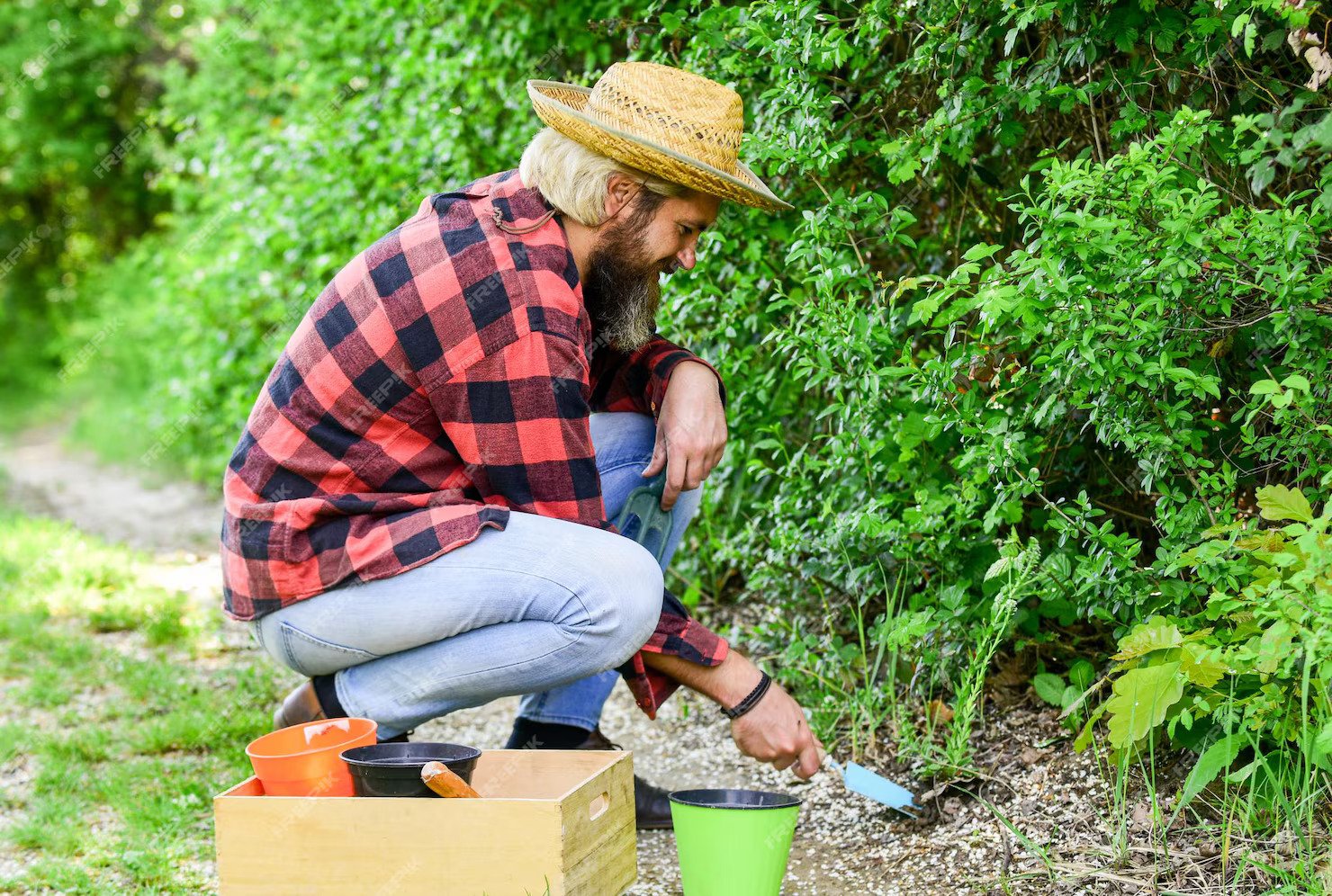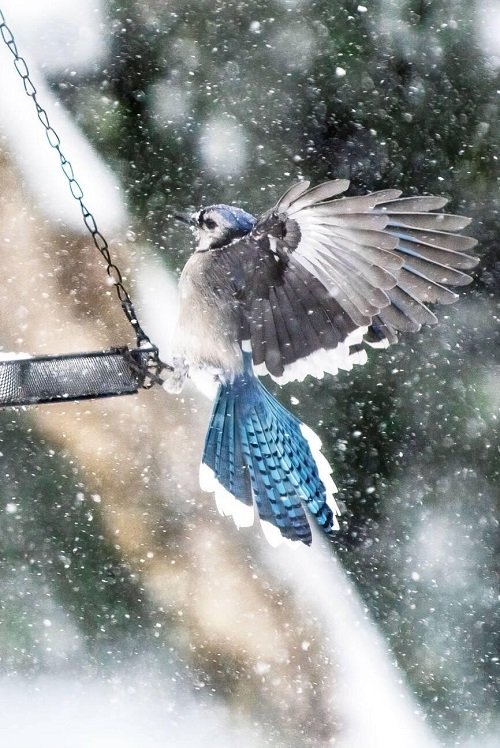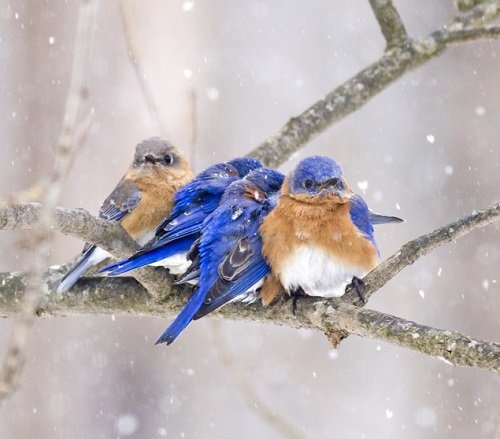Here are some of the Best Ways to Protect Birds in Winter to ensure the well-being of our feathered friends in cold.
Winter presents unique challenges for birds – food sources become scarce, and they find it really hard to find a warm place. To make sure these winged wonders are safe and sound, here some simple yet effective strategies you can implement.
Read our article How to Invite Birds to Balcony Garden here
Best Ways to Protect Birds in Winter
1. Arrange Adequate Food
During the colder months, the biggest challenge for birds is to find a good food source. Setting up bird feeders in your garden can significantly aid in their survival.
Keep them at places where they are protected from snow – hanging them by the window is the best option where they are safeguarded under a cantilever.
Regularly refill with seeds, suet, and nuts, which are high in energy and assist in keeping the birds warm through their metabolism. Also, keep the feeder full in the evening time, where most of the birds need the most energy.
Birds like sparrows are not used to feed directly from feeders – for them, add in some leaf litter where they can find insects and grubs. Also, avoid over-cleaning your garden to provide this natural food source.
It will also be a good idea to scatter seeds, fruits, or mealworms directly on the garden for ground-feeding birds.
2. Provide Water
Another vital measure to protect birds in winter is offering them a water source that remains safe from freezing. It’s beneficial to use a bird bath heater, or place it in a sunny spot to prevent the water from freezing.
Do remember that maintaining hygiene is crucial; clean it regularly to prevent the spread of diseases.
3. Create Shelter
To keep themselves warm, birds look for a refuge in places like dense foliage, brush piles, or birdhouses. Install them at a secure location where they are safe from drafts along with cats and other animals – do not forget to add warm materials like wool pieces and straw inside.
Grouping up some plants together near a shrub in the garden will create a ‘mini forest’ vibe – you can then hang in some bird houses to attract them.
4. Minimize Disturbance
During colder months, birds go into a reserve mode by limiting their movements – this helps them to save their valuable energy.
If you have pets, make sure they don’t go to the areas where the birds frequent, as it might disturb them, which can greatly reduce stress and threat to these birds.
5. Spread Awareness with the Help of Bird Saving Projects
American Bird Conservancy (ABC) is one of the most active groups that works round the clock to ensure birds like Maui Parrotbill, Grey-breasted Parakeets, remain safe. You can join their efforts by participating in their campaigns, donating, or getting involved in local conservation activities
Check out What to Feed Birds in the Balcony Garden here
Do Birds Survive on Their Own in Winters?
Birds, with their fluffy feathers and metabolic adjustments, try to battle the cold. Yet, the struggle revolves around finding sufficient food and maintaining the warmth which can be challenging without human help.
Protecting them in the colder months is crucial for maintaining a healthy ecosystem, as birds play a vital role in controlling insect populations, dispersing seeds, and much more. By assisting them during the winter months, we contribute to the overall well-being of our environment.
What Do Plants Eat for Food and Survive
Challenges Birds Face During Cold Weather
Winters are not only challenging for humans but also for birds. While we humans can arrange for our warmth, food, and shelter, birds become entirely helpless. In such extreme cold, they struggle to find both food and water.
As we know, birds usually feed on seeds or insects, and during winters, both become scarce. Moreover, obtaining water is a significant challenge as it often freezes in winter.
For their shelter, birds typically build nests in trees, using leaves to keep them safe from predators. However, in winter, leaves are absent, leaving birds without a home, water, and a proper place to stay.






